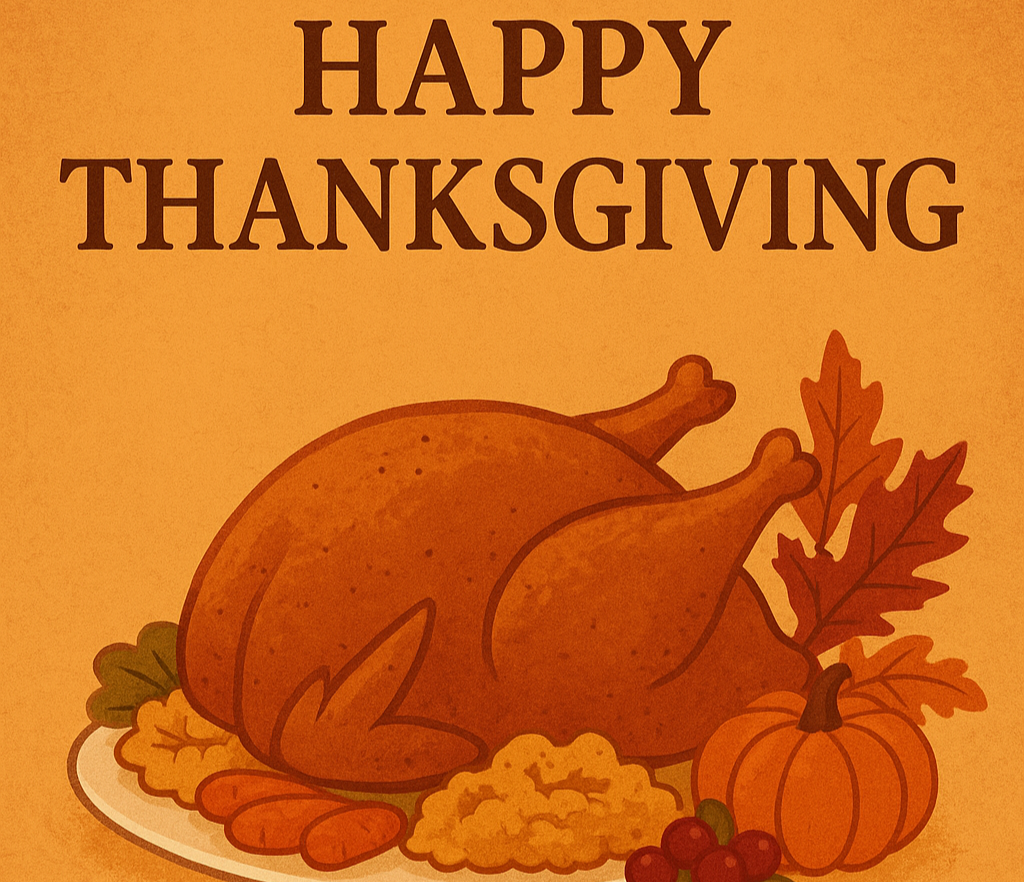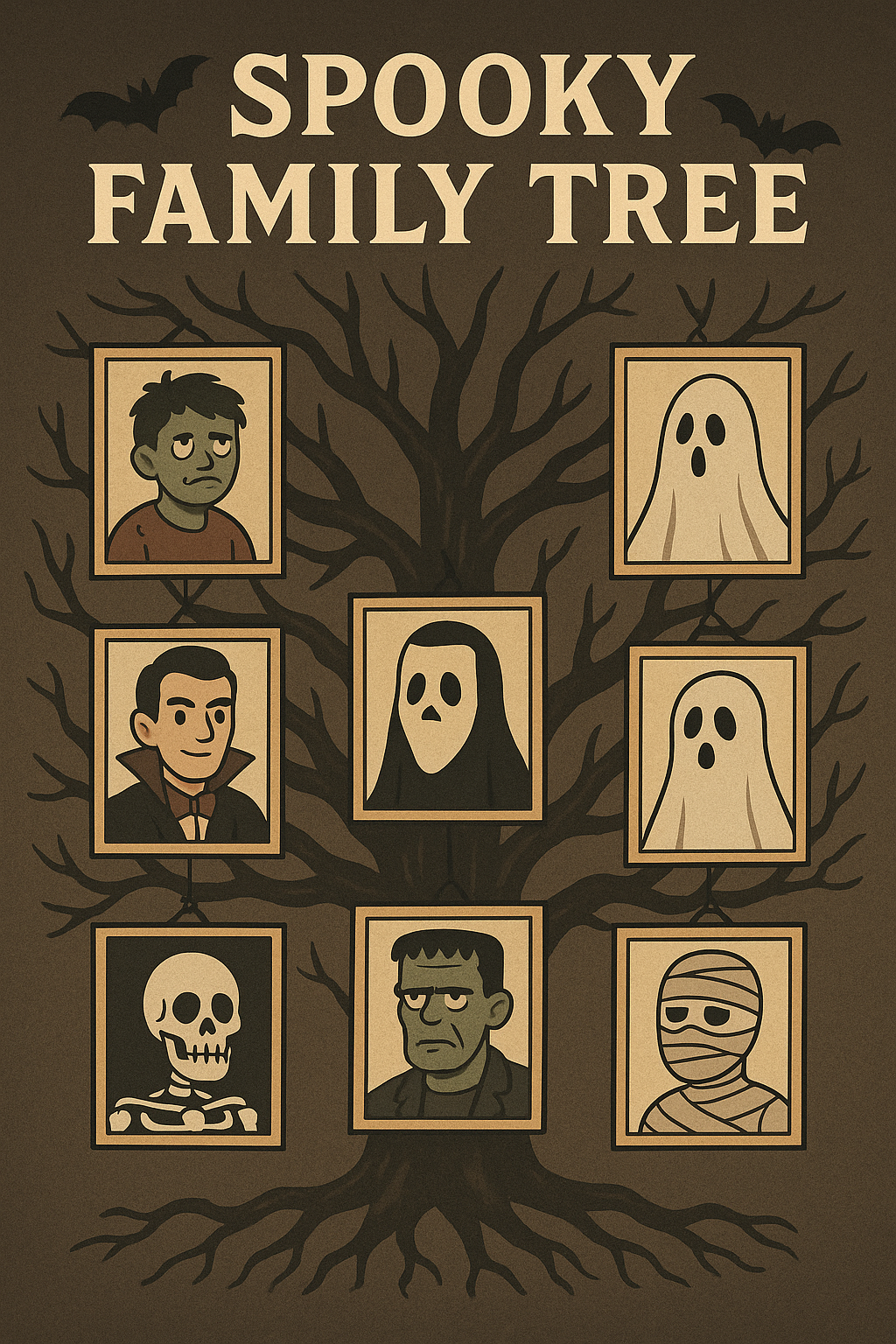AI Bubble
What if we’re in an AI bubble?
The “b” word is not one most investors like to discuss, but what began as a whisper has grown louder and more prominent in recent weeks. While stocks are up for the year, the word is starting to inject a note of uncertainty into the markets…and when uncertainty comes, volatility follows.
Many experts and market commentators have begun talking about the prospect of an “AI bubble” in the media. So, while the markets have performed well — with all three major indices recently setting new record highs1 — we believe it’s time for us to discuss the question, too. After all, there’s no better time to prepare for storms than when the sun is shining. So, in this message, let’s look at why the markets might be in an AI-driven bubble and what we should do about it.
Now, a quick note before we dive in. A bubble itself is not a problem. It’s whether that bubble will burst that worries investors. We are not predicting this bubble will pop. The thing about bubbles is that it’s difficult, if not impossible, to tell how big they are, or even if they’ll pop. Many a market commentator has predicted that an asset bubble will burst, only to be proven wrong. But where prediction fails, preparation succeeds, so consider everything you’re about to read in that light. We are preparing for a possibility, not predicting an inevitability.
Intro: Definition. First, let’s define the term. A bubble is when the price of something rises unsustainably high above its actual value. A bubble can form within the broader economy, as in the housing bubble of the mid-2000s. It can form in the stock market, as in the dotcom bubble that began in the late 1990s. Even a specific product can prompt a bubble, like the “Beanie Baby craze” of the mid-90s. (Perhaps the most famous example is the “tulip mania” bubble, which occurred in the Netherlands all the way back in the 17th century.) In each instance, unprecedented levels of hype — for easily-financed houses, internet stocks, or even stuffed toys — drove demand far above supply. This caused prices to skyrocket far above what those things were usually worth.
In each case, investors eventually realized they were not likely to see a return high enough to justify their investment. This prompted them to sell, and quickly. The sudden drop in prices sparked a panic, with nearly everyone trying to sell at the same time, often at bargain-bin prices. The bubble had burst, and people lost money.
So, why do some experts speculate that we might be in a bubble now? And what does that have to do with AI? It’s a complex question, but we’ll distill it into something simple by the end.
Part 1: Concentration. Let’s rewind to October 14, 2022. The S&P 500 closed at 3,583 that day.2 No one knew it, but it was the bottom of a 10-month bear market. Now, fast-forward to October 28 of this year. On that day, the S&P finished at 6,890, a record high.2 Between those two autumn days, the S&P rose by over 90%. That’s an impressive bull market by any standard!
But what has driven that bull market? This is where things get interesting.
When we talk about the stock market going up or down, we often envision it as a single entity moving in one direction. But this isn’t really an accurate way to think of stocks. At any given time, some stocks will be moving up, and some will be moving down. If more stocks are moving in one direction than another, then that’s typically what drives the overall direction of the market.
Sometimes, a mere handful of stocks moving in a big way can drag the overall index along with them. That’s been the case with this bull market. For several years, the majority of the market’s growth has been due to a small number of companies: Alphabet (Google), Amazon, Apple, Meta (Facebook), Microsoft, Nvidia, and Tesla. Often referred to as the Magnificent Seven, these companies represent roughly 35% of the S&P 500’s total value.3 If you add the next three largest, Broadcom, Oracle, and Netflix, that figure rises to 40%.3
Think about that number for a moment—an index of five-hundred companies, but with only ten making up 40% of its total worth.
On the surface, you might think all these companies are very different from one another. But nearly all of them have one thing in common: They are investing billions of dollars into AI.
Part 2: Valuation. Excitement about AI is the main driver behind the market’s performance. There are other factors, like lower inflation and easing interest rates, but AI reigns supreme. In fact, there are now over 1,300 AI startups with valuations of $100 million or more, with nearly 500 valued at $1 billion or more.4 Eight of them — the Mag 7 plus Broadcom — are valued at over $1 trillion.5
So many investors want to board the AI train that they are willing to pay a hefty premium to buy tickets. For example, NVIDIA, the largest of the Mag 7, has a share price over 50 times its earnings.6 What does that mean in plain English? It means that, for every dollar of NVIDIA’s earnings that investors hope to receive, they are willing to pay fifty times more. In other words, most AI companies are valued at levels far above what they earn in revenue. (More on this in a moment.)
Okay, we have a stock market being driven by only a handful of companies, all focused on one specific type of technology. The question you’re probably thinking is, “So what?” So what if it’s just a few companies versus a few hundred? It may seem odd, but doesn’t it just show how great those companies are? So what if that much money is being invested in one area? Doesn’t that show how important AI is? These are all good questions, which leads us to:
Part 3: Expectation. The reason investors are willing to pay so much to own stock in AI companies is due to the expectation that, at some point, those companies will generate soaring profits. But there’s an elephant in the room: Many AI companies are not profitable. Quite frankly, most of them are not even close.
AI is expensive. It costs billions to build and operate the infrastructure necessary to support it. In fact, the tech industry is investing so much that total AI spending outpaced consumer spending in the first half of the year.5
But as any business owner will tell you, costs matter. For example, take OpenAI, maker of ChatGPT. It’s probably the most famous AI company in the world, so you’d expect it to make a lot of money. And it does — but nowhere close to how much it spends. Some analysts project that OpenAI had a net loss of $13 billion in Q3 alone.7 The company itself has said it only hopes to become profitable in 2030. Most other AI companies are thought to be operating at a similar loss. They simply aren’t generating enough revenue to do otherwise.
Now, the Mag 7 companies are profitable as they are large and mature, not startups. But even here, there’s a potential red flag. Companies like Microsoft, Amazon, and NVIDIA earn money by supplying data centers, computer chips, and cloud computing power to all those smaller AI companies. Many of the Mag 7 companies have also invested billions into these AI startups. If those startups never turn a profit and go under, it will dry up a lot of the big companies’ revenue and cause them to lose money on their investments.
For AI to become a profitable venture, the technology itself must become indispensable in everyday life. Only then would enough people and businesses pay these companies enough money to cover their costs. (And remember, we’re not just talking about turning a profit. AI companies will eventually need to earn enough to justify their sky-high valuations.) But this is not guaranteed. While AI can be beneficial in certain situations, a report from MIT found that large enterprises have collectively spent $30-40 billion to leverage AI, yet 95% of those organizations “are getting zero return.”8 And a recent report from Pew Research found that 50% of Americans say they’re more concerned than excited about the increased use of AI in daily life.9 (Only 10% are more excited than concerned.) Now, these numbers can obviously change in the future, but in the present, neither suggests that the premise — AI must become indispensable to be profitable — is on the verge of coming true. Which brings us at last to:
Part 4: Distillation. Hopefully, you’re still with us. If so, let’s take everything we’ve covered and distill it into something simple. Why might we be in an AI bubble? Here’s why:
The market’s growth has largely been driven by a few companies. Those companies’ growth is largely driven by a single technology. The hype around that technology is so great that most companies that supply it have stock prices valued far above what they earn in revenue. Current data suggests it may be difficult for those companies to earn enough revenue to justify their valuations. And when the price of something rises unsustainably above what it’s worth, you have a bubble.
So, that’s why we might be in an AI bubble. The question now is, what do we do about it?
The single worst thing an investor can do is try to “time” when that bubble might burst. There are several reasons for this. First, despite everything we just wrote, we may not actually be in a bubble. It’s perfectly possible that, as AI technology matures and people become both more accustomed to and more adept at using it, significant profits will follow.
Second, even if we are in a bubble, there is simply no way to tell when it will pop. It could be in three months; it could be in three years. While it would certainly be nice if we could stay invested and then get out right before the pop, that’s just not realistic. For that reason, attempting to time the bubble leaves us more vulnerable to simply being wrong. We might be way too early and miss out on further market growth. We might be too late and miss the rebound after the bubble. An investment strategy that requires us to be perfect —while at the same time increasing our likelihood of being wrong — is not a good strategy at all.
Third, it’s possible that AI is more of a balloon than a bubble and deflates rather than bursts. In this scenario, while certain companies may falter and drop out of the race, other, better companies may take their place. Valuations become more reasonable. Stock prices may fall — but not crash — before ultimately stabilizing. AI becomes a driver of growth rather than the driver.
We don’t know which of these scenarios will unfold, but we do know this: The best way to prepare for all of them is to stay diversified and keep thinking long term. For proof of this, look at what happened after the dotcom bubble. Tech stocks crashed…but many other investment classes did just fine.10 Furthermore, what the bubble really did was reveal which tech companies were truly good companies, and which were emperors with no clothes on. The latter disappeared; many of the former grew into titans. Some of them, in fact, belong to the “Magnificent 7” today.
By being patient, by thinking long-term, and by staying diversified, we remain prepared for any scenario…and position ourselves to take advantage of each. It’s not always easy. But in an industry where bubbles, fads, and trends come and go, it’s this strategy that has stood the test of time.
We hope you found this information — written without AI, by the way! — to be useful, especially when you hear the term “AI bubble” in the media. As always, if you have any questions or concerns, please let us know. Whatever the future holds, our team will always be here to help. In the meantime, have a great holiday season!
1 “All four U.S. stock market indexes just closed at record highs,” Morningstar, https://www.morningstar.com/news/marketwatch/2025102832/all-four-us-stock-market-indexes-just-closed-at-record-highs-heres-what-history-says-happens-next
2 “S&P 500 Historical Data,” Investing.com, https://www.investing.com/indices/us-spx-500-historical-data
3 “With the Magnificent Seven at 35% of the S&P 500 and the Ten Titans at 40%, are AI Growth Stocks Poised for a Sell-Off or Is There Still Room to Grow?” Yahoo Finance, https://finance.yahoo.com/news/magnificent-seven-35-p-500-114500263.html
4 “Are we in an AI bubble?” CNBC, https://www.cnbc.com/2025/10/21/are-we-in-an-ai-bubble.html
5 “AI spending is boosting the economy, but many businesses are in survival mode,” CNBC, https://www.cnbc.com/2025/10/21/are-we-in-an-ai-bubble.html
6 “NVIDIA P/E Ratio,” Public.com, https://public.com/stocks/nvda/pe-ratio
7 “Big Tech’s Soaring Profits Have an Ugly Underside: Open AI’s Losses,” The Wall Street Journal, https://www.wsj.com/tech/ai/big-techs-soaring-profits-have-an-ugly-underside-openais-losses-fe7e3184
8 “State of AI in Business 2025,” Massachusetts Institute of Technology, https://mlq.ai/media/quarterly_decks/v0.1_State_of_AI_in_Business_2025_Report.pdf
9 “How Americans View AI and Its Impact on People and Society,” Pew Research Center, https://www.pewresearch.org/science/2025/09/17/how-americans-view-ai-and-its-impact-on-people-and-society/
10 “Winners and Losers from the Dot Com Bubble Rate Hike Cycle,” YCharts, https://get.ycharts.com/resources/blog/winners-amp-losers-from-the-dot-com-bubble-rate-hike-cycle/















